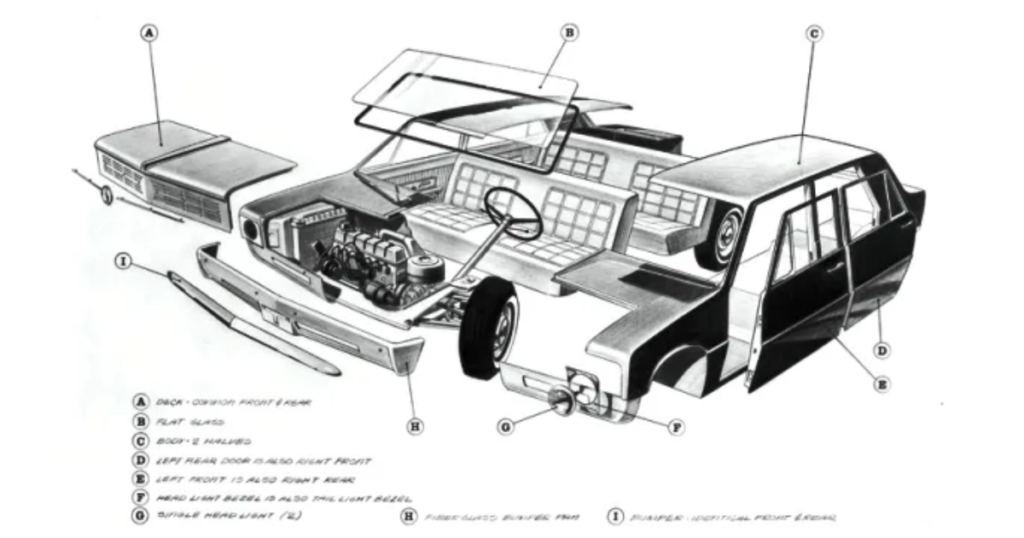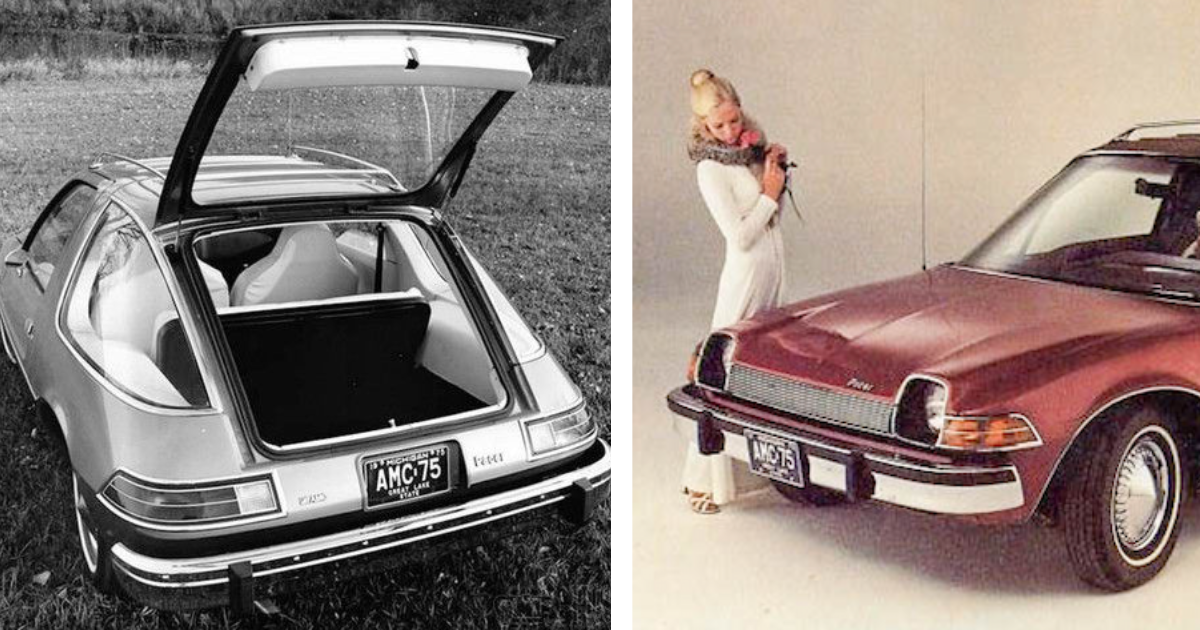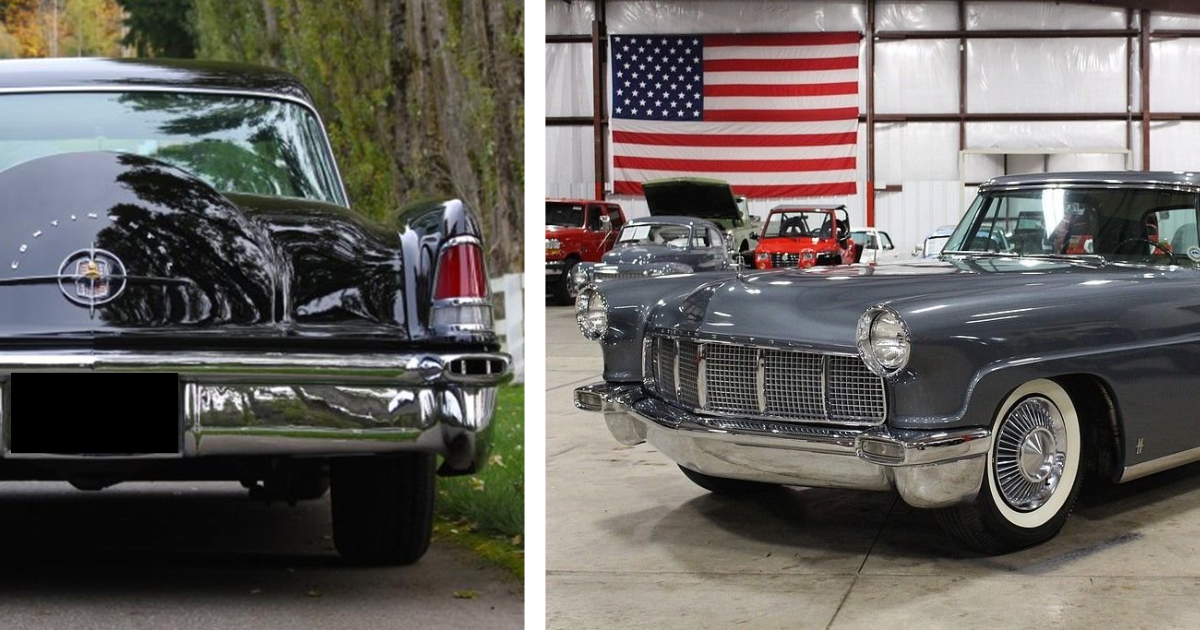
Two titans of the auto business, Brooks Stevens and Charles Sorensen, teamed up in a final-ditch effort to bring Studebaker back to life in late 1963.
History is grateful to the Milwaukee Museum of Art, which houses the Brooks Stevens Archives, and automotive writer Rich Taylor, who conducted an interview with designer Brooks Stevens for the April 1984 issue of Special Interest Autos, which memorialized the events detailed here.

Industrial designer Brooks “Kip” Stevens and manufacturing whiz Charles Sorensen got together in Florida on December 12, 1963, for a one-day brainstorming session. Stevens and Sorensen were longtime friends and partners in the auto industry. Stevens, who worked as a contract designer for many iconic Studebakers, such as the Gran Turismo Hawk, and Sorensen, who oversaw production at the massive Ford Rouge plant for decades and was dubbed “Cast Iron Charlie,” were faced with a challenging task: devise a strategy to preserve Studebaker, the nation’s oldest automobile manufacturer.

The play was a hail-Mary. The management of the corporation had decided to close the South Bend, Indiana, plant and stop producing cars in the United States just a few days prior, on December 9. Stevens and Sorensen’s audacious solution, the Low-Cost Molded Vehicle (LCMV), is a low-tech, essentially third-world alternative to auto manufacturing.
The Studebaker LCMV would be built on a unitized fiberglass body and chassis that are molded in two parts and divided longitudinally down the center, as seen in the diagram above. (Sorensen created a massive device akin to a Ferris Wheel that could simultaneously mold four body portions.) The four doors could be opened diagonally, the deck lid and hood were the same, and the glass throughout was flat.
A transverse front-drive powertrain module was constructed around the reliable Studebaker OHV six, and the headliner and interior panels would be made of vacuum-formed plastic, further reducing tooling and inventory costs to the absolute minimum. The unit cost per car, according to Sorensen’s approximations, was only $560, allowing for a retail price of $1085 and a healthy profit margin for both Studebaker and its dealers. At least on paper.

Stevens imagined two cab-forward versions with the powertrain module moved to the back in addition to the standard four-door car. An executive limousine (below) or a three-row configuration akin to a contemporary crossover (above) may be created with two different seating configurations.
To put it mildly, the Sorensen/Stevens concept was innovative and audacious, but Byers Burlingame, a former Packard accountant who was then the head of Studebaker, showed no interest in it. Despite the genius of the Stevens/Sorensen plan, Studebaker’s management ultimately rejected the ground-breaking LCMV idea due to financial concerns.
The iconic automaker continued production for a few more years in Canada, guided by modest updates designed by Brooks Stevens. The legacy of the failed attempt to save Studebaker serves as a poignant chapter in automotive history, highlighting the clash between visionary creativity and the harsh realities of a struggling industry.




